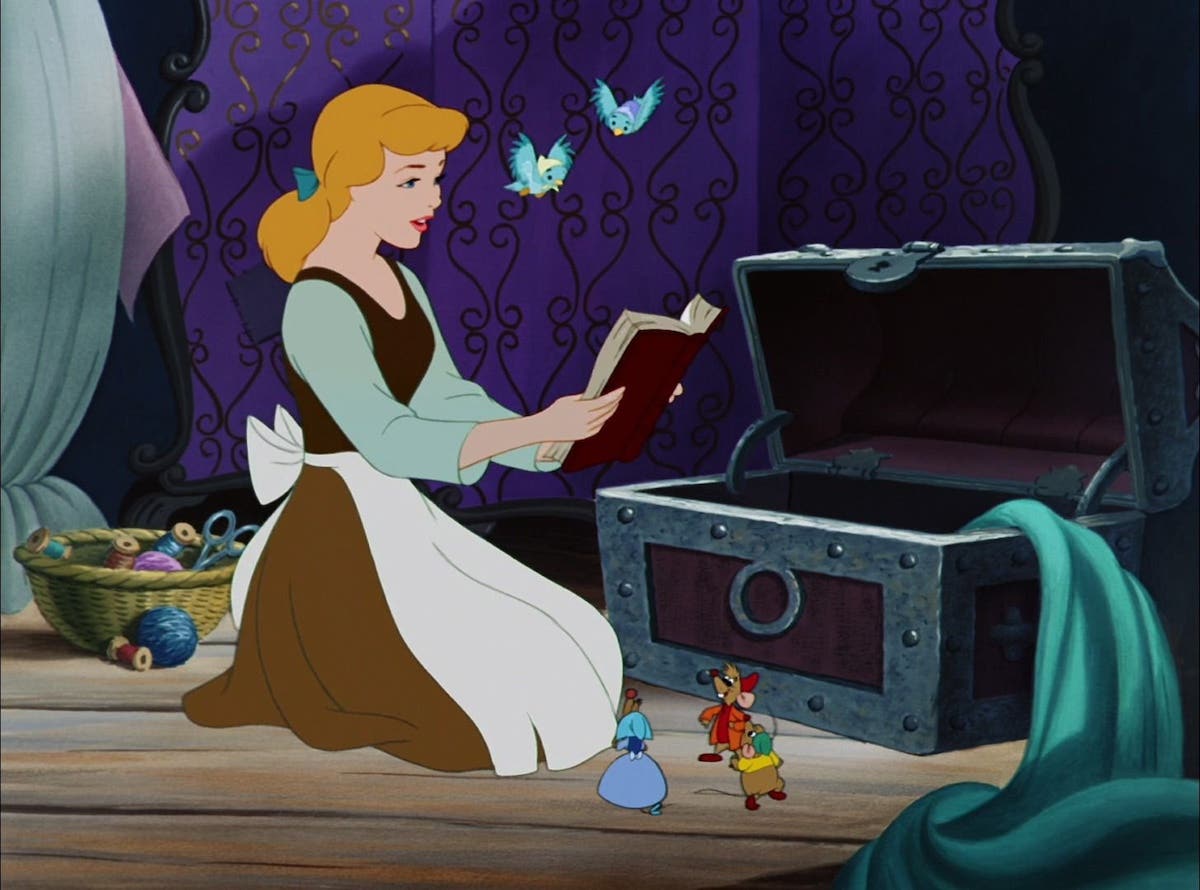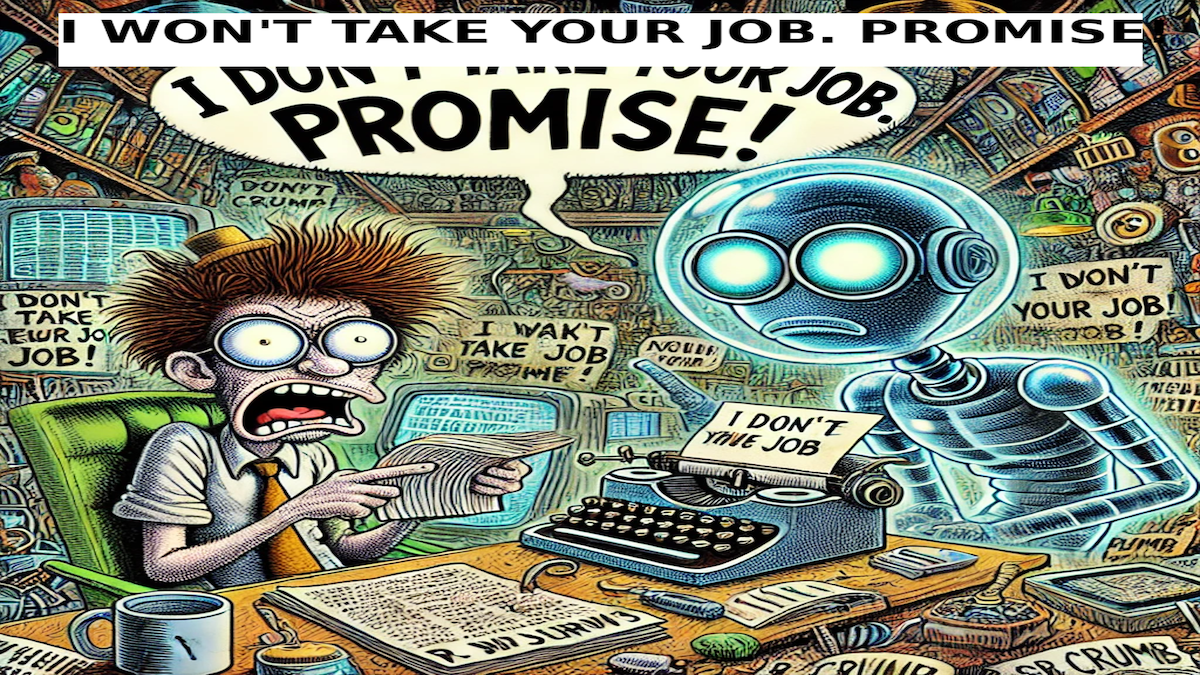Flashbacks – 4 Tips to Determine When to Try Them
You may have been told that you shouldn’t use flashbacks. And you may be wondering, why not? After all, aren’t flashbacks valid writing tools?
You may have been told that you shouldn’t use flashbacks. And you may be wondering, why not? After all, aren’t flashbacks valid writing tools?
Professional readers are weary of flashbacks in the scripts of developing writers because they are often not used properly or amount to obvious exposition (sometimes called “easy exposition”). This is probably the reason you may have been told to avoid using flashbacks.
You can include all the flashbacks you want if you keep the following four tips in mind.
1. Don't tell us about the past until we (the reader and audience) care about the present.
When a reader sees a flashback on page 2, he or she automatically assumes the flashback will amount to “obvious exposition.” In such a situation, the reader and audience haven’t had time to get involved with and care about the character. Wait until the audience really wants to know what happened in the character’s past.
Sometimes what you believe would be a good flashback in the first ten pages might work better if it were the first scene in the movie. That way, you will not have a flashback; instead, after the opening scene, you will jump forward from the backstory to present day. Or perhaps it should be a later scene that reveals the past in a key moment between two characters; the revelation of the past would help bring them together.
2. Don't interrupt or stop the movie just to give us information you think we need; find a more creative way.
Often, when we see a flashback in the first ten pages or elsewhere in the script, there’s a sense that the writer has stopped the forward momentum of the story just to give the audience information “that they need.”
In Star Trek: The Wrath of Khan, the writer needed to show the audience that Cpt. Kirk could handle the no-win scenario, but rather than showing a flashback of how Kirk as a cadet handled the no-win scenario in the “Kobiashi Maru” test, the writer showed a current cadet failing the Kobiashi Maru and then asking Kirk how he handled it. We don’t learn how he handled it until much later in the script when Kirk faces a real-life no-win scenario with Khan. An easy flashback was not necessary because the writer found a more creative way.
Even in the dialogue of a script, I’ll occasionally get the feeling that the writer is having characters say things for the benefit of the audience and are not really talking to each other.
Is James really talking to Thelma or is the writer forcing exposition into the speech for the audience’s benefit? I sometimes think of this tactic as a fake flashback.
The flashback should not stop the movie to provide exposition, but should be part of the story, which leads us to the next tip.
3. Include a flashback when we (your reader and audience) want to know what happened in the past, and make sure the flashback moves the story forward.
For example, the long Casablanca flashback sequence about Rick and Ilsa in Paris is risky until you consider that by the time the flashback plays, we are dying to find out what happened in Paris. And then after we find out what happened, we're dying to find out why Ilsa didn't show up at the train station (at the end of the flashback). Thus, the Paris flashback is part of the story; it moves things forward. It does not interrupt.
4. Create an effective transition from present to past, so that we understand whose flashback this is. In other words, the flashback should be motivated.
In this instance, we know the memory is Maggie’s, plus we see something that motivates the memory, and there’s even an implied visual transition from the present-day tree to the childhood tree. Of course, you don’t necessarily need a visual transition, but your audience needs to know whose flashback it is and what motivates the memory. In addition, please note that the flashback is part of the forward movement of the story (see #3 above).
One last point: these are not rules, but general guidelines. There can be exceptions. Good luck and keep writing!
Dave Trottier (AKA Dr. Format), author of seven books including The Screenwriter's Bible, has sold or optioned ten screenplays (three produced) and helped hundreds of writers sell their work and break into the biz. He is an award-winning teacher, in-demand script consultant, and friendly host of keepwriting.com. Twitter: @DRTrottier







